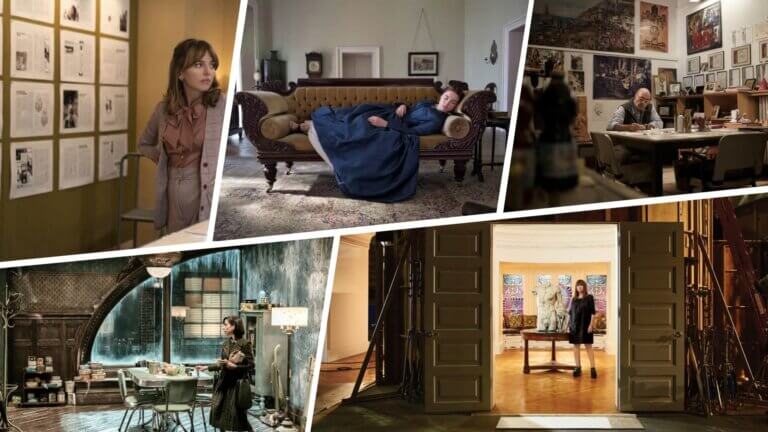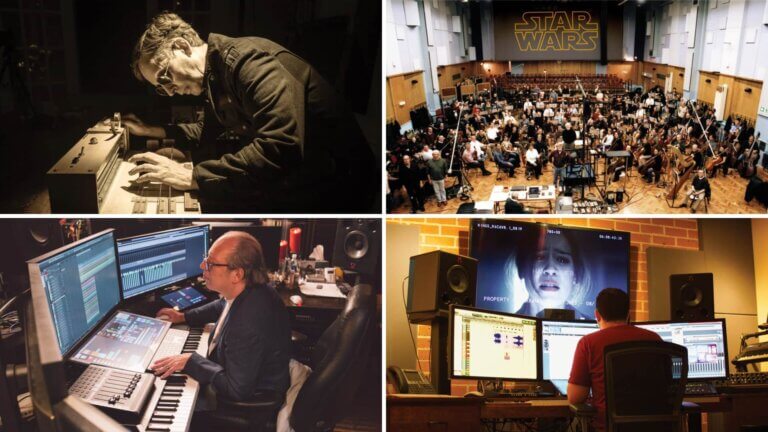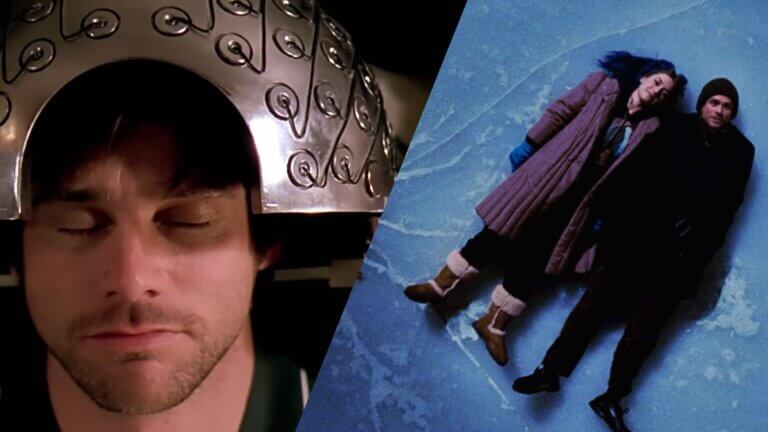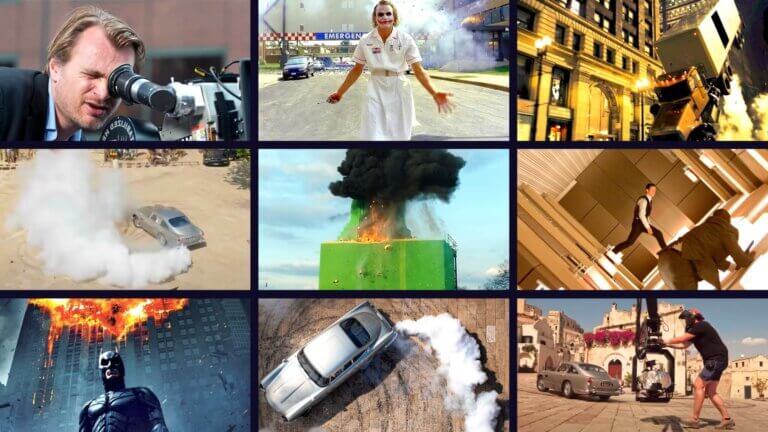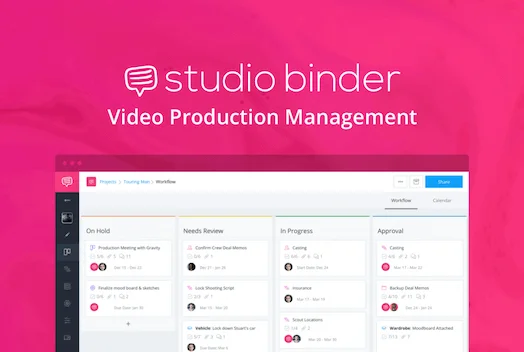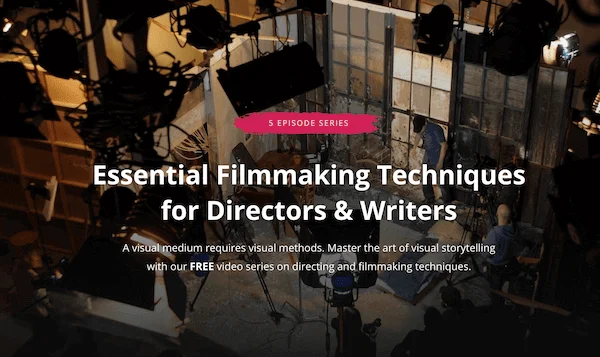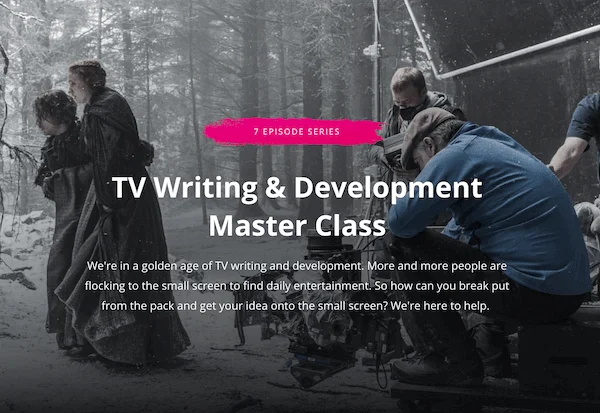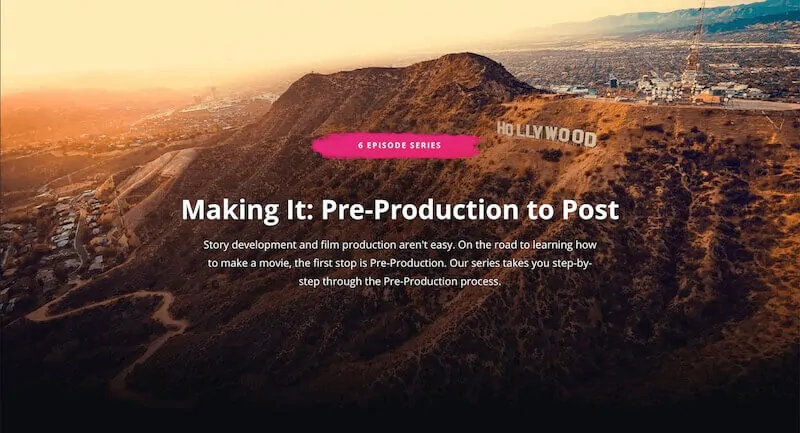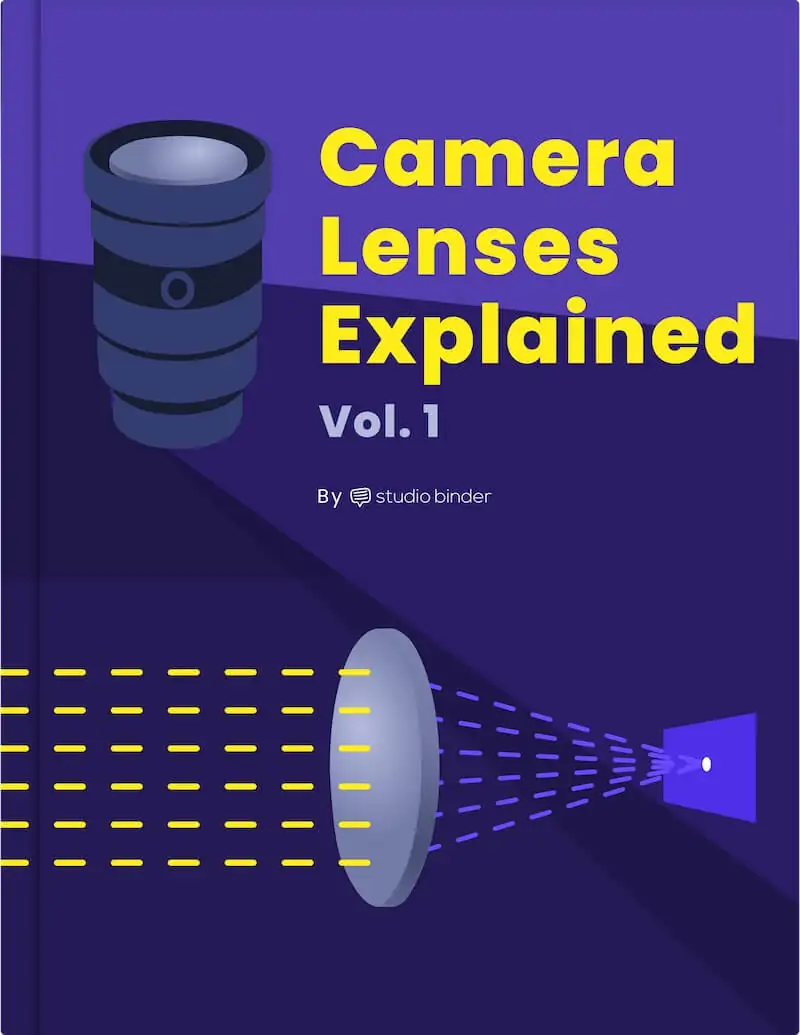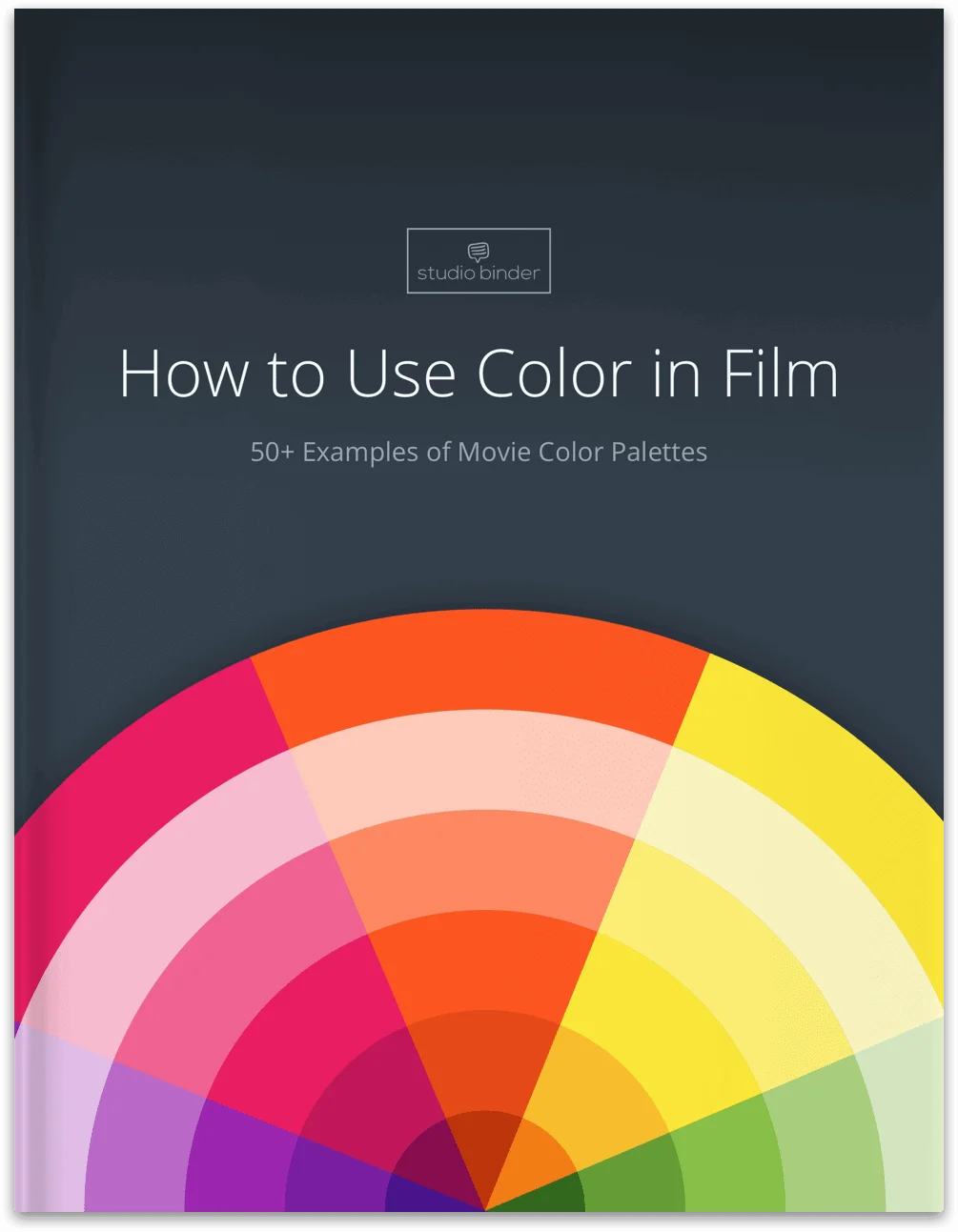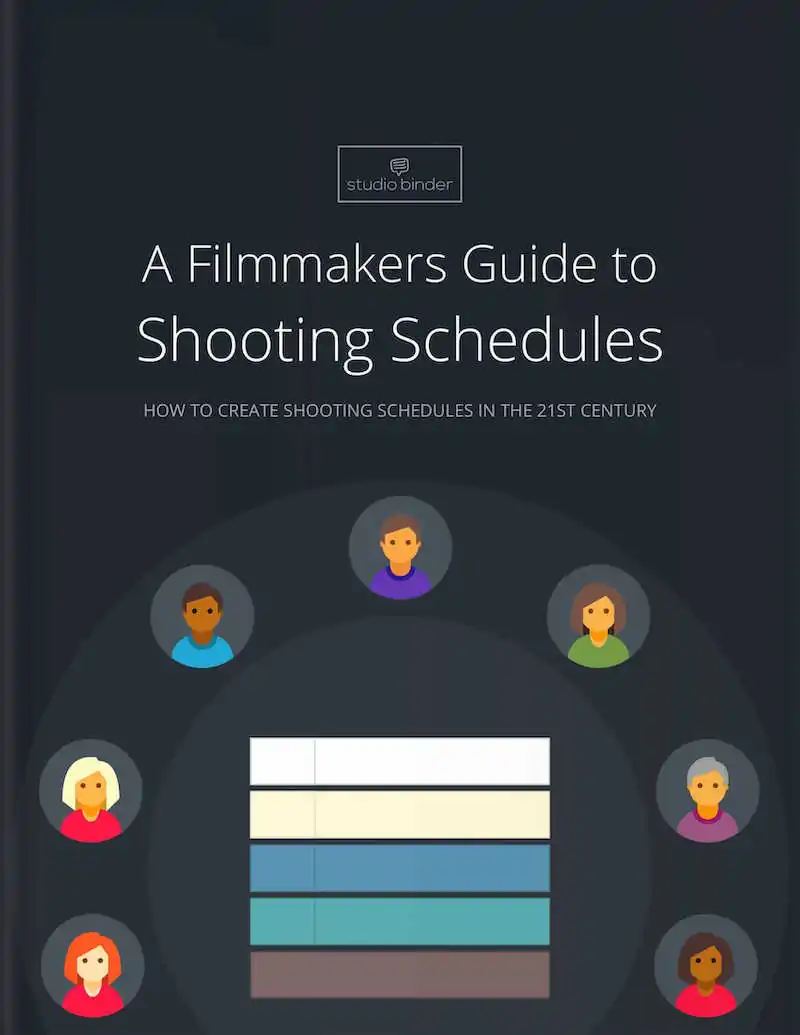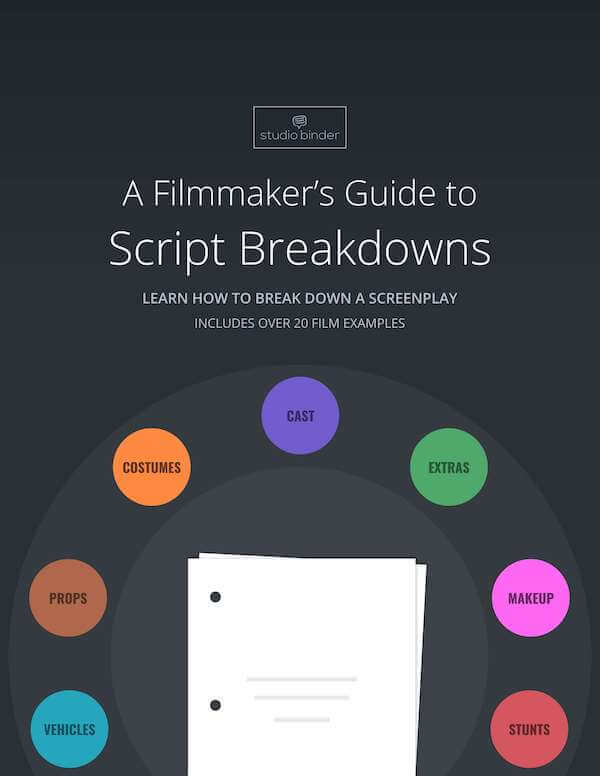Welcome to StudioBinder's screenplay library, your ultimate destination for the most captivating free sci-fi movie scripts. Dive into our extensive collection, featuring mesmerizing feature-length screenplays and meticulously analyzed scripts. From mind-bending plots to futuristic characters and awe-inspiring endings, these iconic screenplays offer invaluable insights to aspiring screenwriters. Join us on an intergalactic journey as we explore the best in sci-fi scripts and embark on a thrilling adventure toward becoming better writers. Enjoy!Continue reading Best Free Sci-Fi Movie Scripts Online (with PDF Downloads)
Set design is a pivotal yet often overlooked element in the magic of filmmaking. It breathes life into a director's vision, creating tangible worlds from mere imagination. This article will delve into the art and science of set design in film, revealing its process, significance, and future trends. Let's journey behind the scenes to explore this fascinating aspect of cinema.Continue reading What is Set Design? Process & Purpose
When we watch a movie, the visuals that we see on the screen can either transport us to a different world or make us feel like we are simply watching a movie set. That is where production design comes in. Production design is an essential part of filmmaking, responsible for creating the look and feel of the film's world, ensuring that it feels authentic and believable. In this blog, we will take a closer look at the production design definition as well as what elements make for great production design in a film.Continue reading What is Production Design in Film —…
When we think of movies, we usually think of the actors, plot, and cinematography – but what about the music? The soundtrack and score can be just as important as any other aspect of a film. Enter the film composer. What does a composer do, and why are they important in filmmaking? In this blog post, we will be delving into the critical role of a film composer in movie production – from their job duties to how to become a film composer to finding film composer jobs online.Continue reading What is a Film Composer — Job Description Explained
Cinematographers and editors work together to create sequences that resemble reality. Once an editor gets the footage, if there are mistakes that create unintended disorientation, editors need to go to their tool belt. One way to do this is to use cutaway shots. As a cinematographer, it’s always important to shoot cutaway shots because it gives the editor an opportunity, one, to get creative, but also to fix any continuity errors. What does that mean? And what else can cutaway shots do you for your film? Let’s find out.Continue reading What is a Cutaway Shot — Why Editors and DP’s…
Cross Cutting and parallel editing are highly effective editing techniques that can greatly improve the quality of any film or visual work. If you've heard the expressions "greater than the sum of its parts," then you already know why these techniques are used so often in filmmaking. In this post, we’re going to give you a cross cutting definition with some iconic examples and the parallel editing techniques to elevate your next project.Continue reading What is Cross Cutting and Parallel Editing in Film?
Compositing is one of the most prevalent techniques in the visual arts – but what is compositing? Thanks to the technological advancements of the last few decades, composite images are seen everywhere. We’re going to look at different types of composite images from green screen to rotoscoping to CGI and everything in between. By the end, you’ll know how visual artists have used different types of compositing over the years to expert effect.Continue reading What is Compositing — VFX Compositing Techniques Explained
Have you ever stood next to a work of art and felt small? Whether it was a sculpture, painting, or building, odds are whoever created it aimed to make you feel that way. And they achieved this through scale. Human beings have a natural awareness of size and space. Artists often use this awareness to elicit specific responses in the viewers of their work. What is scale in art and composition? In this article, we’ll take a look at how scale is used to achieve these responses. We’ll also analyze the difference between scale and proportion and how proportion in cinema…
Think of some of your favorite films or television series of all time. Whether they are rooted in fantasy or made to be naturalistic, odds are they required some special effects. To bring those effects to life, a Special Effects Supervisor got the job done. And in this article, we’ll dive into the role and responsibilities of a Special Effects Supervisor and what skills a successful supervisor should possess. Continue reading What is a Special Effects Supervisor — Job Description & Role Explained
Have you ever seen a photograph or a shot in a film and found your eyes wandering across the frame only to land at something significant? Odds are, leading lines were used to direct your attention. Photographers and cinematographers alike use various types of lines to lead the viewer’s eyes and tell a story through an image. What are leading lines and how can you use them? Let’s take a look at how this technique can benefit a shot’s aesthetic and function and how you can use them in your own compositions. Continue reading What Are Leading Lines — Composition in…


